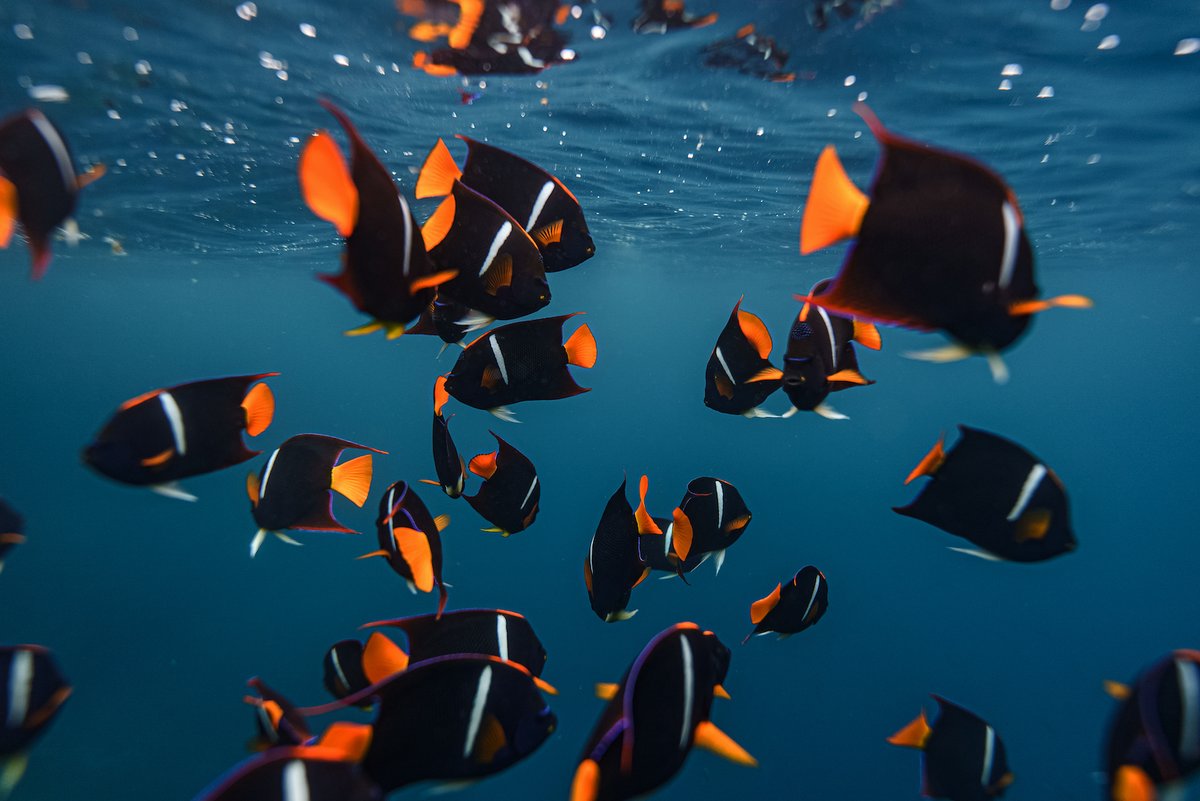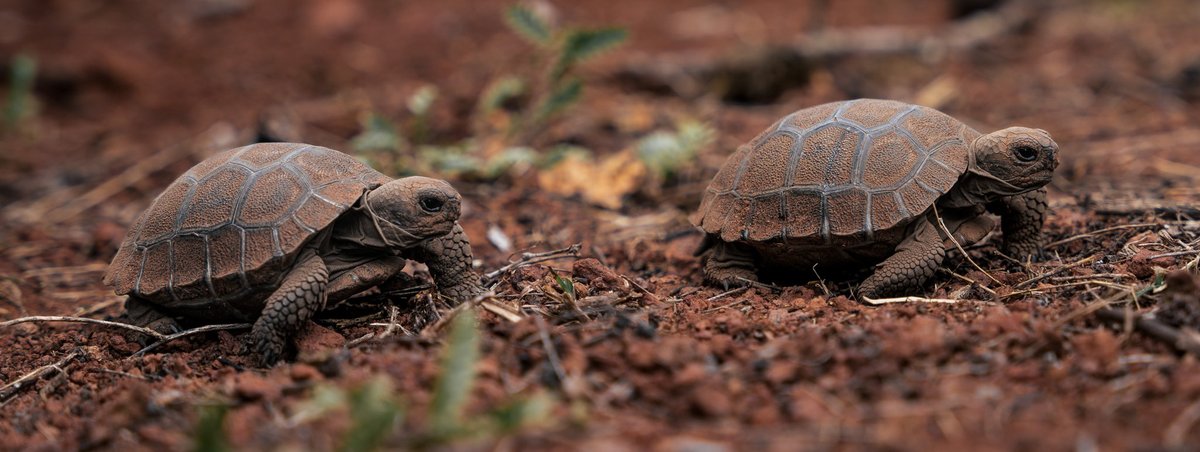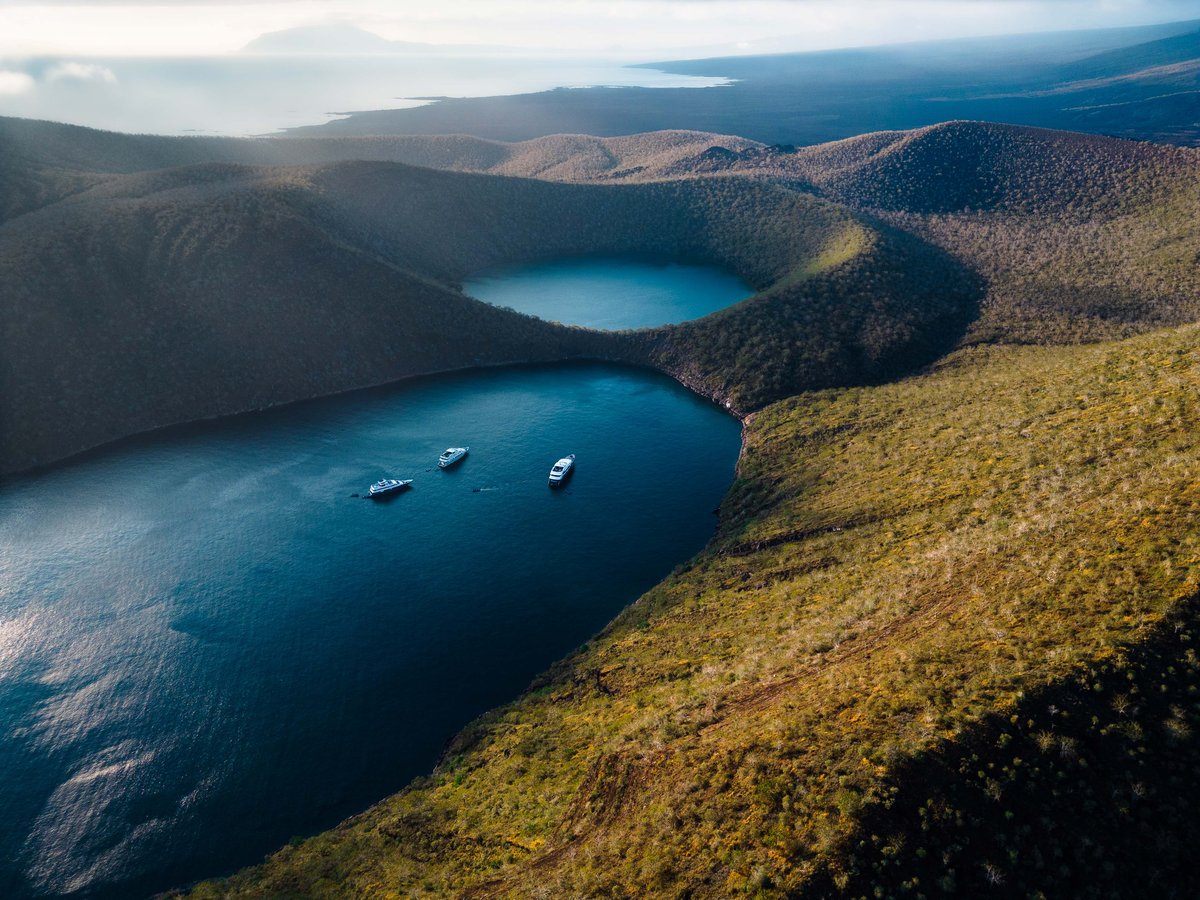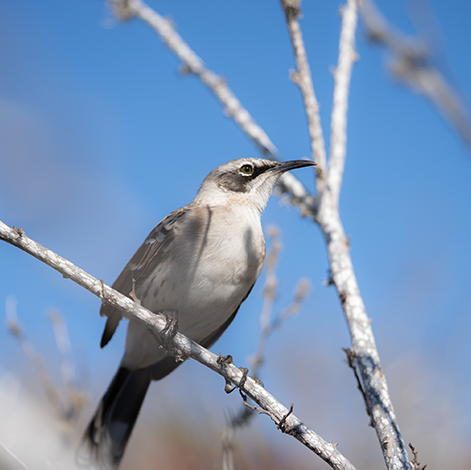Results

Galapagos green sea turtles are particularly affected by boat propeller accidents. By adopting a turtle, you’re helping us develop models that will assist authorities in setting safer speed limits for boats. This not only safeguards sea turtles but also protects other marine wildlife. Your support also fuels vital research that will help authorities improve tourism practices, and ensure these charismatic animals and their habitats remain healthy.
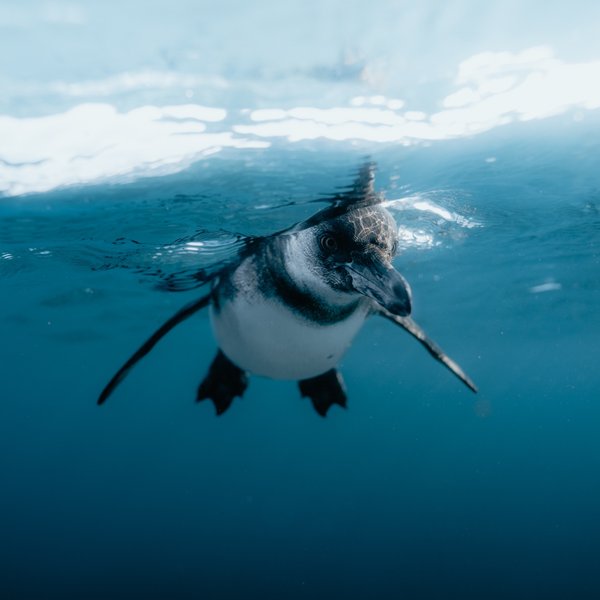
Threats such as climate change, introduced species, diseases, pollution, and fishery activity all put the Galapagos penguin at immediate risk of population decline. Your adoption of a Galapagos penguin will help us carry out annual monitoring of this species, in partnership with the Galapagos National Park Directorate.
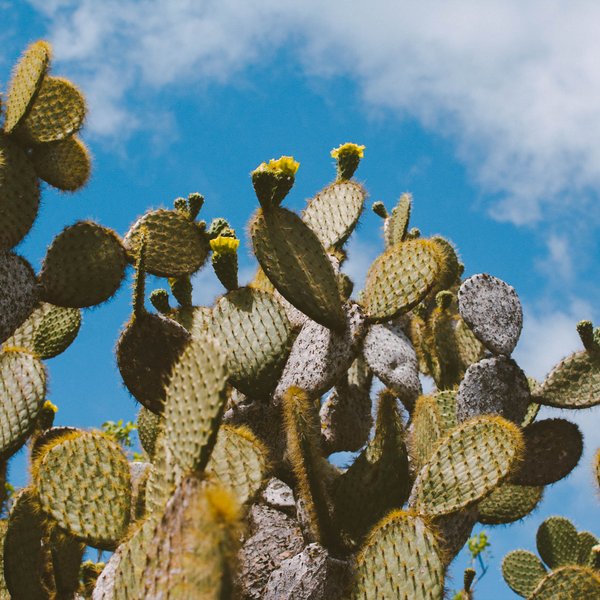
The population of the Galapagos pricky pear cactus declined during the 1960s and 1970s due to the impact of invasive species and human activities. By adopting a Galapagos prickly pear cactus you will support the Charles Darwin Foundation’s Galapagos Verde 2050 program, which works to restore the populations and enhance the conservation process of the Galapagos ecosystems by using ecological restoration tools.
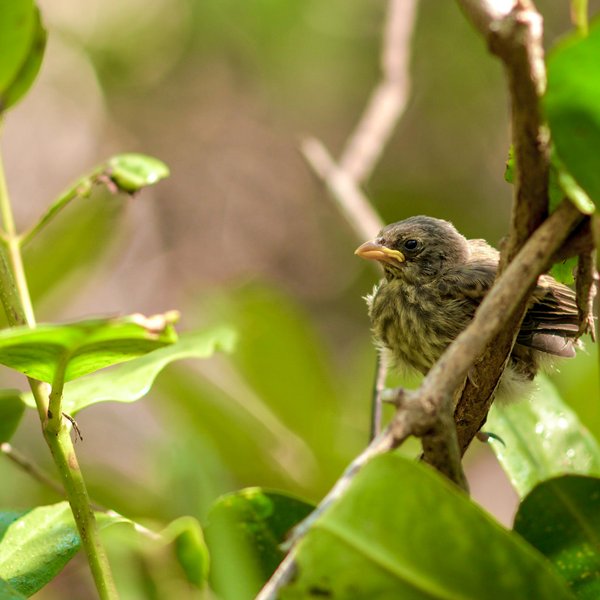

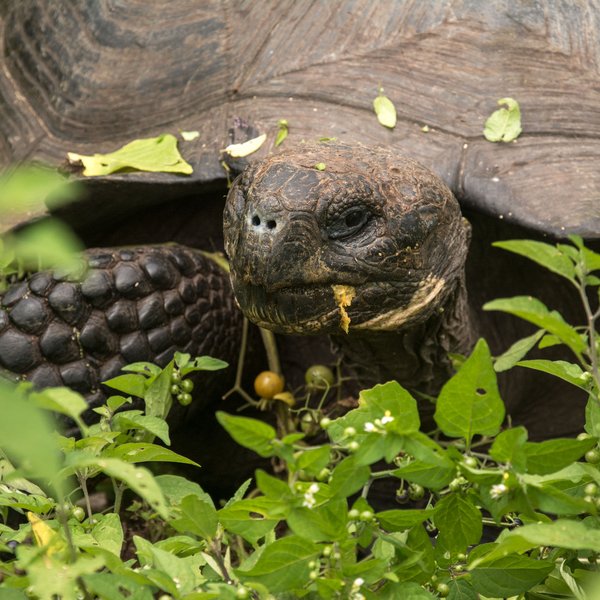
You can support our research and conservation projects by adopting one of the Galapagos species.
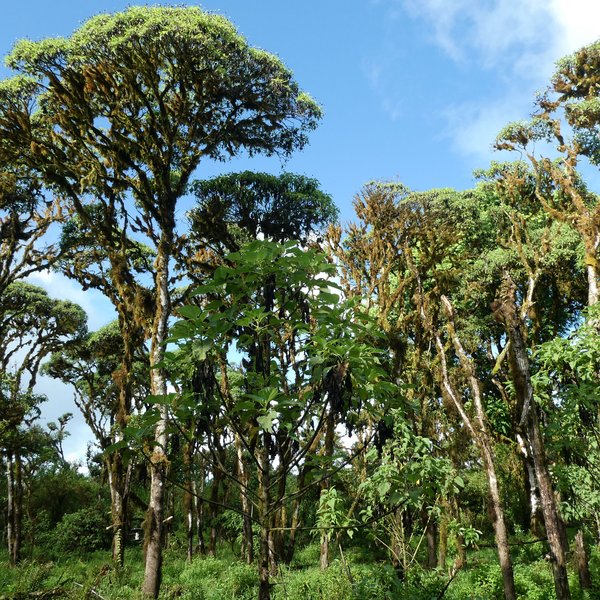
Discover how our projects foster the protection of the Galapagos Islands and how the Charles Darwin Foundation works to ensure that they remain a natural paradise for generations to come.
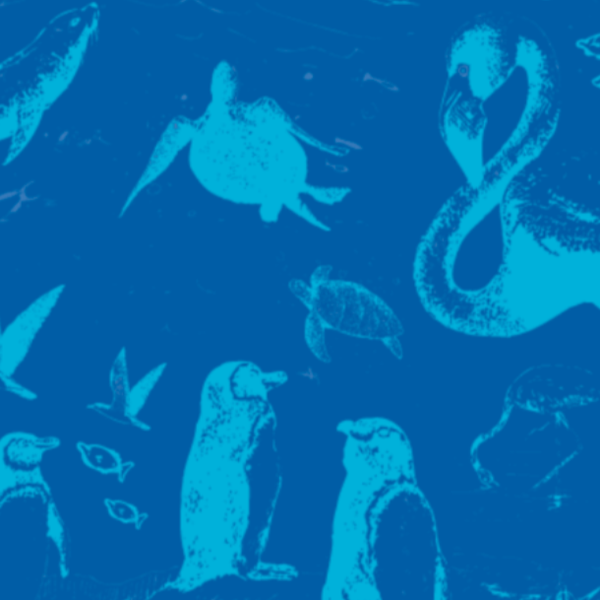
Explore a wealth of resources from the Charles Darwin Foundation available for download. From annual reports to research journals, species identification guides to educational texts like the Galapagos Atlas, our publications provide valuable insights into conservation efforts and biodiversity in the Galapagos Islands. Dive into our comprehensive collection today!

For more than 60 years, the research undertaken at the Charles Darwin Foundation has focused on furthering our understanding of the natural systems, their relationship with those living in the archipelago, and the intricate and relationship with those living in the archipelago, and the intricate and delicate balance between climate, mankind, and nature. Major research efforts have also focused on the prevention, control, and eradication of invasive species to maintain Galapagos as one of the best-conserved archipelagos in the world.
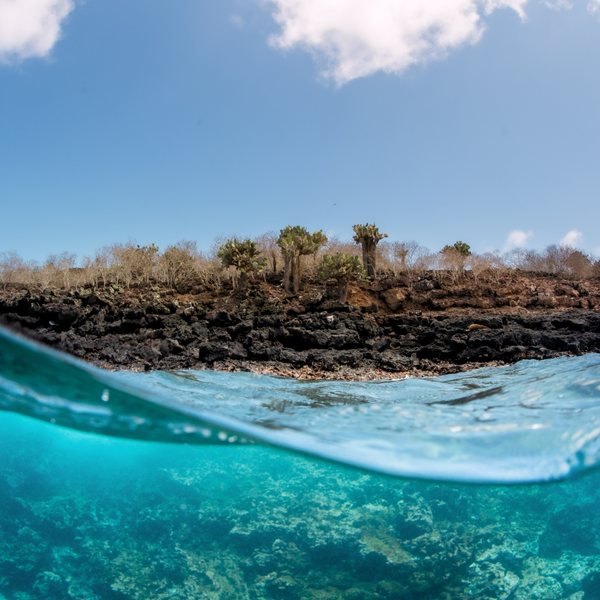
Explore the Galapagos Islands' volcanic beginnings, unique biodiversity, and the global conservation efforts led by the Charles Darwin Foundation to protect them.
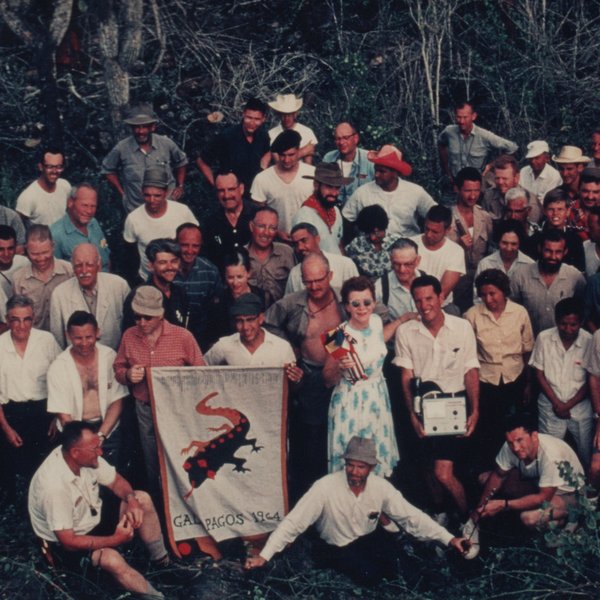
Discover the Charles Darwin Foundation, established in 1959 to protect the Galapagos Islands' fragile ecosystem. As the oldest and largest science and conservation organization in the archipelago, our Research Station leads efforts to preserve this unique environment through groundbreaking research and conservation milestones.

